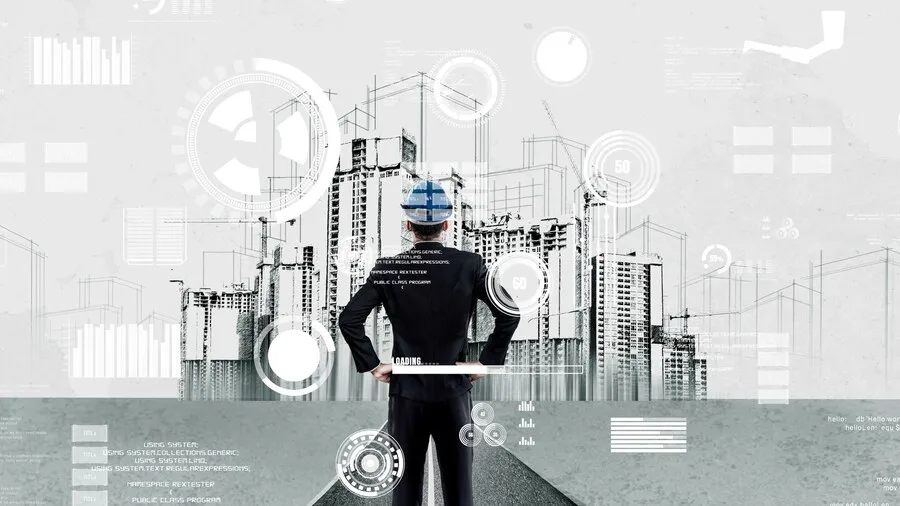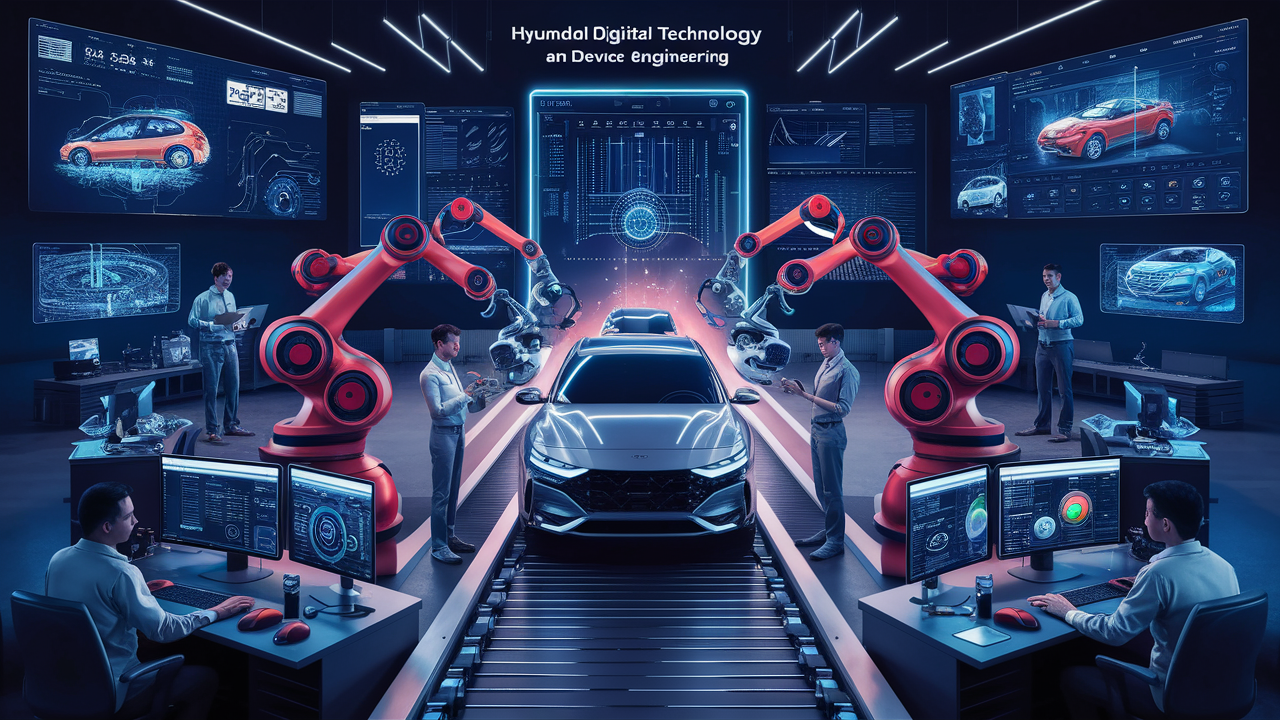The world of construction is no stranger to tradition. Bricks, mortar, and blueprints have been the cornerstones of buildings for centuries. However, a revolution is underway, driven by innovative construction technology that is transforming how we design, build, and manage structures. These advancements promise a future of faster construction times, increased efficiency, and a more sustainable industry. Let’s explore five of the hottest construction technologies shaping the future.
Building Information Modeling (BIM): A Blueprint for Success
Imagine a digital replica of a building, containing not just its physical structure but also detailed information about every component – walls, doors, electrical wiring, plumbing systems, and even furniture. This is the power of (BIM) construction technology. BIM software allows architects, engineers, and construction workers to collaborate on a single, virtual model. This leads to several advantages:
- Improved Design and Coordination: BIM helps identify potential clashes between different building systems before construction begins. This reduces costly rework later on.
- Enhanced Visualization: 3D models generated by BIM software allow stakeholders to explore the building virtually, providing a clearer understanding of the final product.
- Streamlined Construction Management: BIM data can be used to create detailed schedules, material lists, and cost estimates, leading to more efficient project management.
Drones: Taking Flight for Enhanced Efficiency
Gone are the days of relying on cranes and scaffolding for aerial inspections. Today, drones are taking flight in the construction industry, offering a safer, faster, and more cost-effective way to gather data. Drones can be used for a variety of tasks, such as:
- Site Surveying and Mapping: Drones can quickly capture high-resolution aerial photographs and videos, allowing for accurate topographic surveys and 3D site maps.
- Progress Monitoring: Regular drone flights can track construction progress, providing valuable insights for project managers.
- Roof Inspections: Instead of risking worker safety with roof inspections, drones can provide detailed images of roofs, helping to identify potential problems.
Virtual Reality (VR) and Augmented Reality (AR): Building Before You Build
Imagine stepping into a virtual model of a building before it’s even constructed. This is main task of virtul reality (VR). It enables architects and building engineers to form a design in a fully covered way, identifying potential flaws and refining details before construction begins. Augmented Reality (AR), on the other hand, overlays digital information onto the real world. AR can be used to:
- Visualize Design Overlays: Workers can see building plans superimposed on the actual construction site, improving accuracy and reducing errors.
- Improve Training and Safety: AR simulations can be used to train workers on complex tasks in a safe environment.
- Enhanced Maintenance and Repair: AR can guide technicians during maintenance and repair activities, highlighting relevant information on the physical equipment.
Prefabrication: Building Blocks for a Faster Future
Prefabrication covers creating building factors off-site in a controlled environment. These prefabricated samples are then moved to the construction site for organization. Prefabrication offers several advantages:
- Improved Quality Control: Factory-controlled environments ensure consistent quality for prefabricated components.
- Reduced Construction Time: Prefabrication allows for faster construction times as modules can be assembled quickly on-site.
- Reduced Waste: Prefabrication minimizes on-site waste as materials are pre-cut and measured in a controlled setting.
Read More: Exploring Atomization Technology For the Industrial Revolution
Robotics and Automation: The Rise of the Construction Technology
Robots are no longer confined to science fiction. In the construction industry, robots are increasingly being used to automate repetitive tasks, improving safety and efficiency. Some potential applications of robots include:
- Bricklaying: Robotic arms can lay bricks at a faster and more consistent pace than human workers.
- Demolition and Excavation: Robots can be used for controlled demolition tasks, minimizing worker risk and dust generation.
- Welding and Painting: Robotic arms can perform these tasks with greater precision and consistency, leading to higher quality results.
These were just a few examples of the exciting construction technologies that are shaping the future of the industry.
FAQs:
1. What are the benefits of using Building Information Modeling (BIM)?
BIM offers a multitude of advantages, including:
. Reduced errors and rework: By identifying clashes between building systems upfront, BIM saves time and money by minimizing costly corrections later.
. Improved communication and collaboration: A single, central BIM model allows all project stakeholders to access and share information seamlessly, leading to better coordination.
. Enhanced decision-making: BIM data provides valuable insights that can be used to optimize design choices, material selection, and construction sequencing.
2. Are there any safety benefits associated with construction technology?
Absolutely! Several technologies contribute significantly to improved safety on construction sites. For instance:
Drones eliminate the need for workers to climb precarious heights for inspections, reducing the risk of falls.
Virtual Reality (VR) training allows workers to practice complex tasks in a safe virtual environment before attempting them on-site.
Robotic automation for tasks like demolition and welding minimizes worker exposure to hazardous materials and repetitive motions.
3. How can construction technology help with project timelines?
Several technologies can expedite the construction process:
Prefabrication allows for faster on-site assembly of pre-built components, significantly reducing construction time.
BIM software facilitates efficient project planning and scheduling, ensuring tasks are completed in the optimal sequence.
Drones can quickly capture data for site surveys and progress monitoring, leading to faster decision-making and adjustments.
4. What skills are needed to work in construction with technology?
While traditional construction skills remain valuable, the industry increasingly requires a blend of technical and soft skills:
Technical skills: Familiarity with specific software programs like BIM and design tools is becoming increasingly important.
Digital literacy: Understanding how to access, analyze, and utilize digital information is crucial.
Adaptability: The ability to learn new technologies and adapt to changing workflows is essential in a rapidly evolving industry.
5. What are some of the future trends in construction technology?
The future of construction technology is brimming with great possibilities. Some of them are
Artificial intelligence (AI): AI comes first for project planning, creating strong queries, and even organizing construction inwards and outwards.
3D Printing: The use of 3D printing for building components is on the rise, offering faster and more sustainable construction methods.
The Internet of Things (IoT): Sensors embedded in buildings can collect real-time data on energy usage, structural health, and other factors, enabling smarter building management.
Final Thought
As these technologies continue to evolve and become more accessible, we can expect to see even more innovative approaches to building. The benefits extend beyond efficiency and cost savings. Construction technology can also play a crucial role in promoting sustainability. By optimizing resource usage and minimizing waste, these advancements can let us make a healthy future for us.




